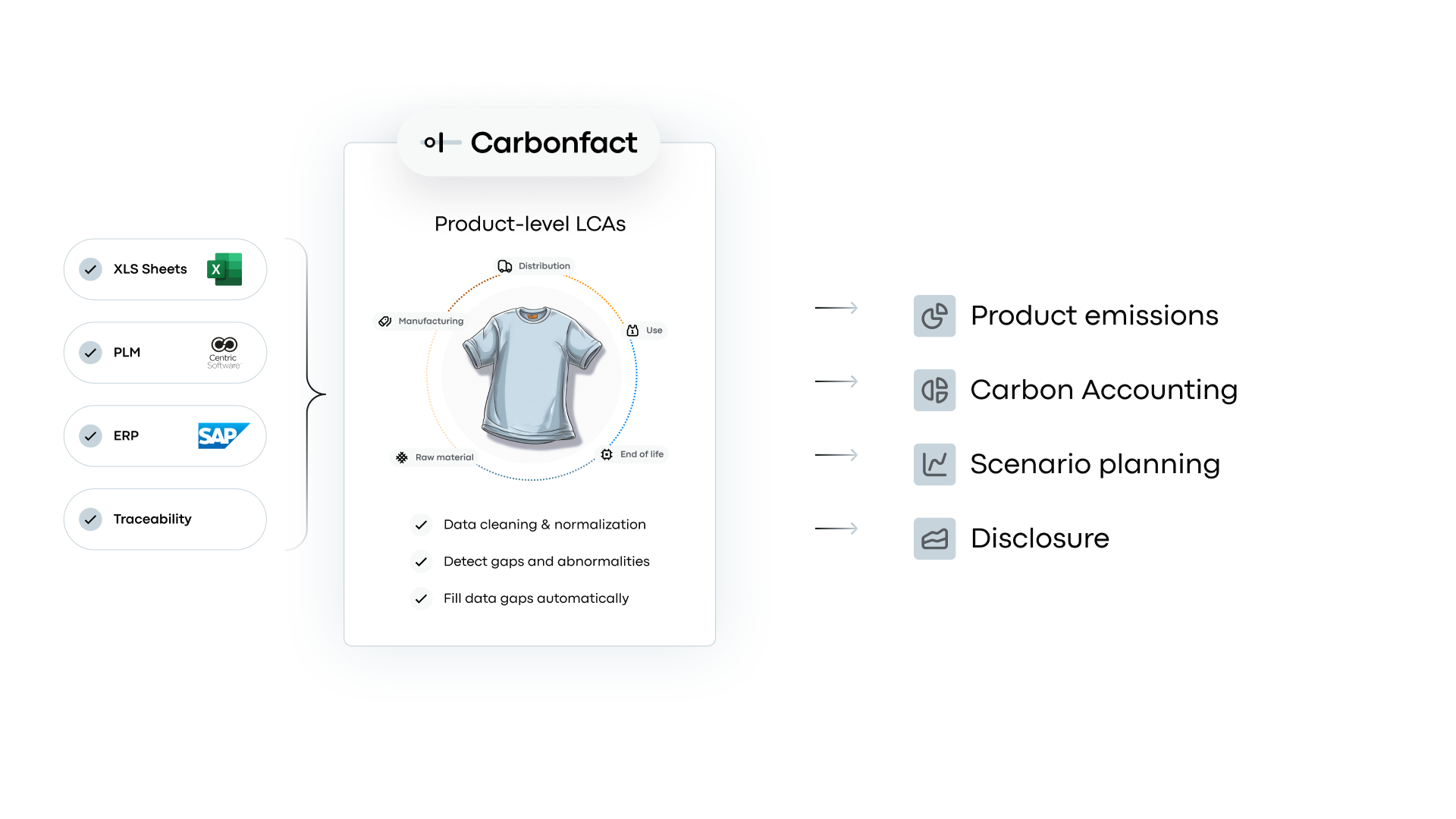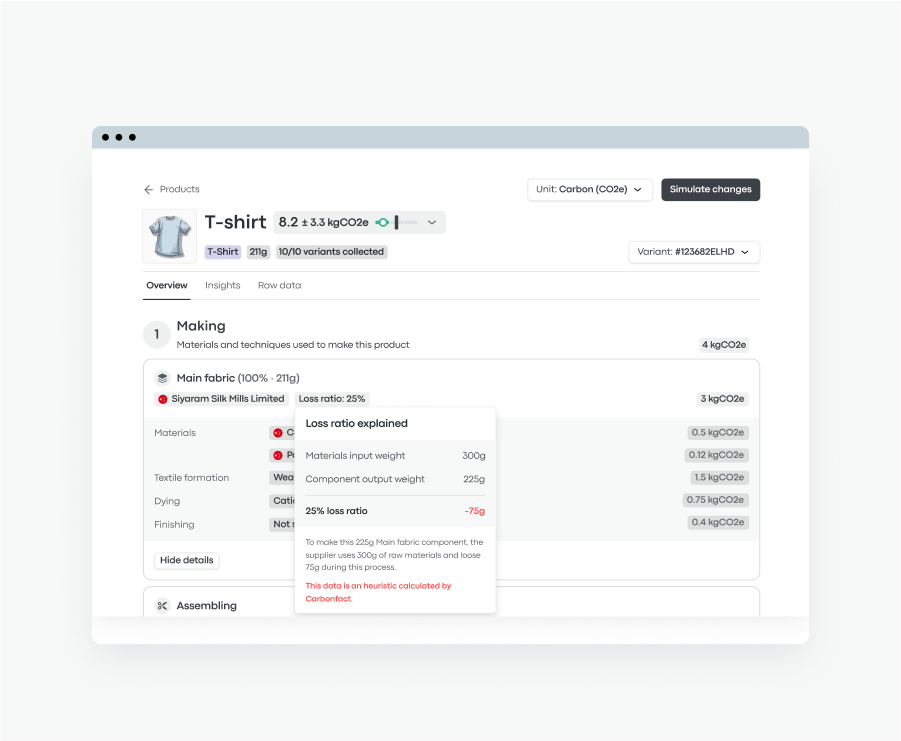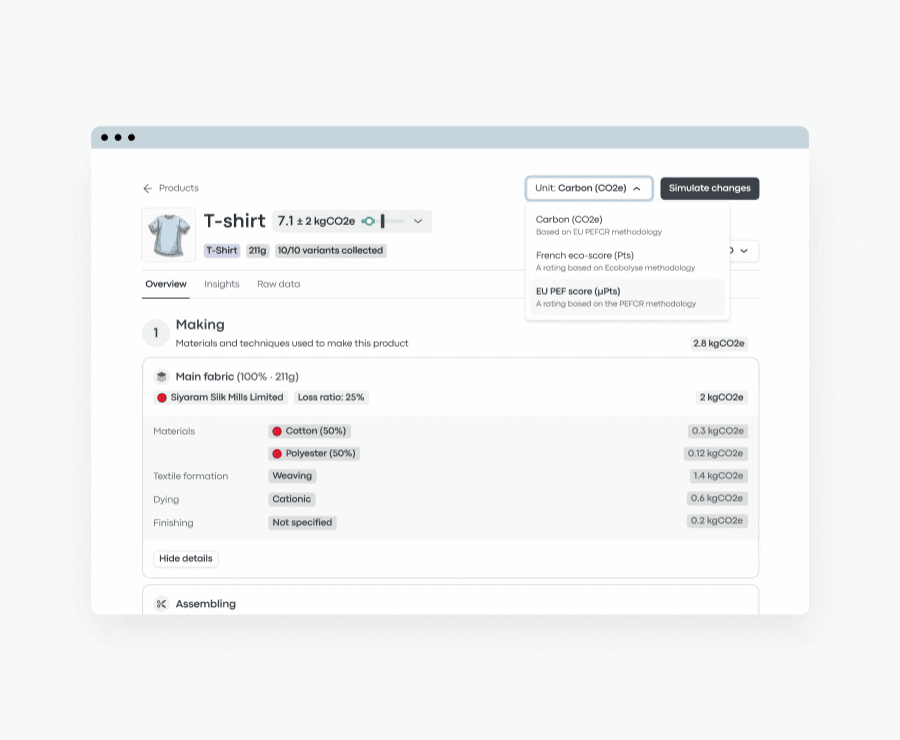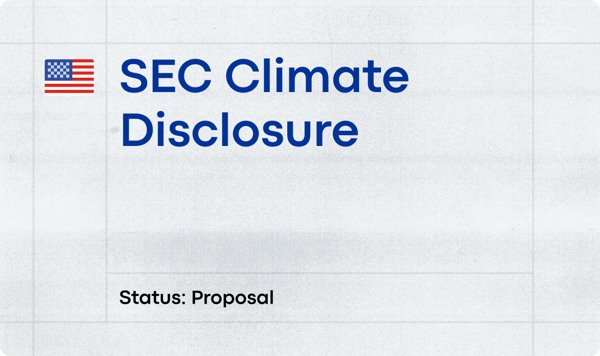When performed in-house or with consultants, carbon accounting is static, time-consuming, resource-intensive, and lacks modeling capabilities. That’s exactly why Cobalt Knitwear began to look for a more scalable solution for its carbon accounting and environmental reporting needs.
Carbonfact is a Carbon Accounting platform specifically designed for the apparel and textile industry. Learn how Carbonfact empowered Cobalt to transform purchase order data into accurate and transparent emissions calculations, automating their carbon accounting processes and reducing their reliance on external consultants.
*All quotes in this case study are attributed to Ellen Arosio, Senior Compliance and Sustainability Manager at Cobalt Knitwear.
About Cobalt Knitwear
At Cobalt, knitwear is our passion. We're at the forefront of the global knitwear industry, working as the go-to source for global retailers and brands.
We are product specialists who create beautiful trend-driven knitwear by utilizing our extensive knowledge of yarn, experienced technical and manufacturing know-how; leveraging our market intelligence and competitive sourcing capabilities to work for our customers.
Cobalt's innovation in the knitwear industry extends to its sustainability efforts. The company takes its responsibility to reduce its own greenhouse gas emissions and waste generation seriously. They’re actively incorporating sustainable yarns and recycled fibers into their knitwear production, exemplified by their lifestyle startup brand, 22 Factor, which showcases their dedication to using upcycled virgin yarn to create premium knitwear at a more affordable price.
Manual Carbon Accounting: Cobalt's experience with consultants
Before switching to Carbonfact, Cobalt relied on external consultants to conduct its yearly carbon accounting and emissions calculations. One major challenge was the lack of transparency in the consultant's methodology for calculating emissions. This made it difficult for Cobalt to replicate the calculations internally as they did not understand how their emissions were being measured.
“The consultancy company took our data and came back to us with the results, but we really wanted to understand how the emissions were calculated, which has proven to be very difficult. It wasn't a very scalable method for us going forward, especially because of the increased reporting needs coming up with the new EU regulations.”
The consultancy company conducted Cobalt’s Scope 1-3 calculations in a massive Excel spreadsheet, taking information from purchase orders and factory information. When Cobalt’s IT team tried to replicate this process, extracting and manipulating data from their newly implemented purchase order system was a significant challenge. This was primarily due to the time-consuming and manual nature of data collection and entry involved.
“I took it upon myself to collect the data for 2021, manually entering data for all our tier one factories, around 100, and their respective emissions. That alone took about a week to complete.”
Carbonfact's platform automates Cobalt's carbon accounting
Seeking to reduce its reliance on external consultants, Cobalt's team started to identify platforms that could integrate with its existing systems and effectively manage its carbon accounting needs.
One key factor driving Cobalt's decision to partner with Carbonfact was the platform's ability to seamlessly integrate with Retraced and Microsoft Dynamics 365, where their ERP and PLM data is housed. Thanks to the integrations, the Carbonfact platform automatically retrieves purchase order data, eliminating the need for time- and resource-intensive manual data entry.
This automation has significantly streamlined the carbon accounting process, allowing Cobalt to access real-time carbon emissions data for each product at the SKU level.

Cobalt prepares for CSRD and French Eco-score compliance
Equipped with comprehensive Scope 1-3 emissions data, Cobalt is now empowered to conduct its carbon accounting independently, eliminating the need for annual consultant engagements. The supplier of knitwear has access to the Carbonfact platform, where it can see year-to-date environmental data for all of its products and download automatically created reports for disclosure.
Each data point clearly references the source of the data (e.g., Cobalt's ERP, Carbonfact heuristics, or a secondary database), ensuring 100% transparency in calculations and the sourcing of primary and secondary data. The platform informs about the methodology used and keeps track of the versions, a mandatory feature to ensure compliance with textile regulations.

Carbonfact also provides the French Eco-Score for each product. This environmental score, comprised of 16 indicators, will become mandatory for companies selling in France from 2025.

Cobalt is now well-placed to comply with upcoming regulations, including CSRD and France’s Environmental Labeling for Products Law, which mandates companies showcase a product’s environmental impact throughout its entire life cycle. Additionally, Cobalt's US-based customers are also increasingly requesting carbon emissions data, such as the Walmart Gigaton Project.
“With Carbonfact, we're not just complying with regulations; we're proactively managing our environmental footprint. It's empowered us to set more ambitious sustainability targets and work towards them with clear insights.”







 Lidia Lüttin
Lidia Lüttin


 Martin Daniel
Martin Daniel